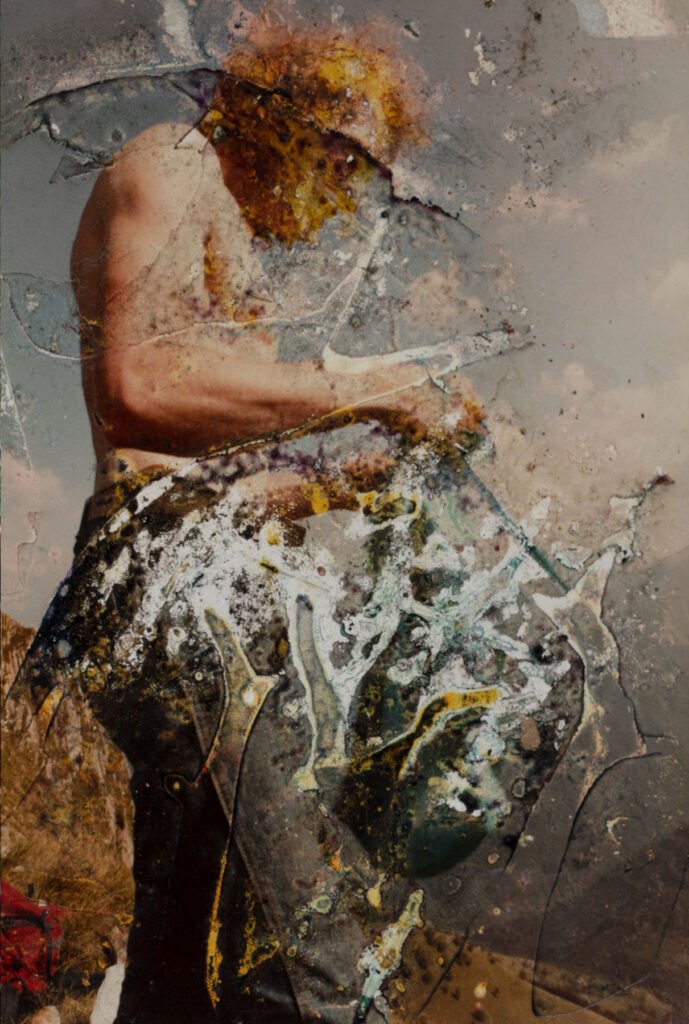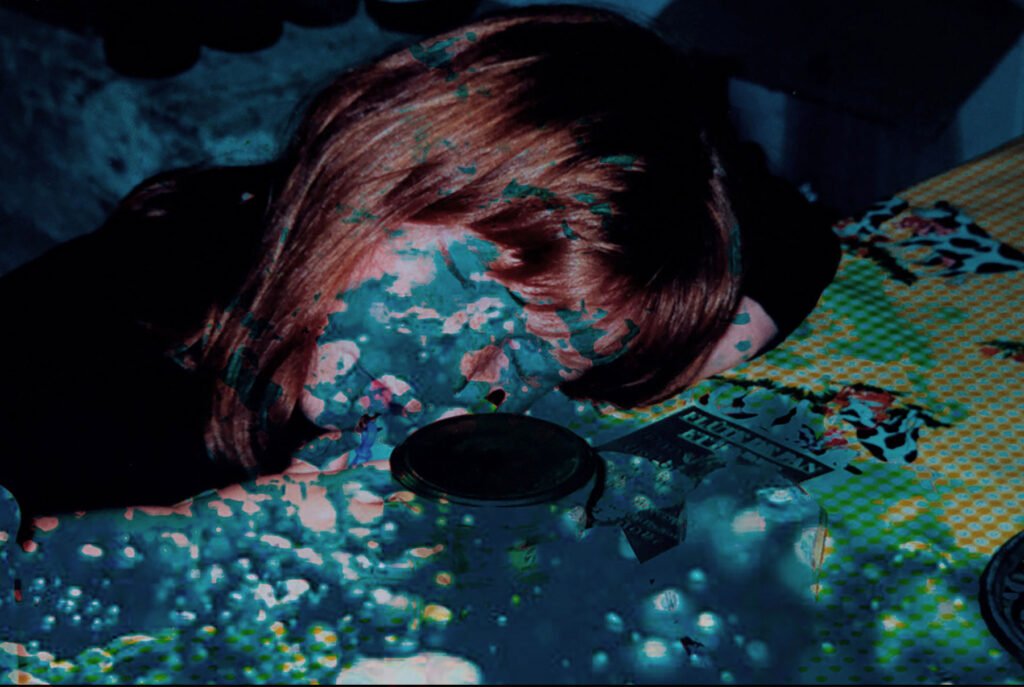LIZA AMBROSSIO
The witch stage
Opening: 17.06.2022
“THE WITCH STAGE – LA ETAPA BRUJA”
Curated by Diana Cuellar
Nadie Nunca Nada No
Madrid, Spain
“In my memories, I know that I saw on TV the faces of a group of hysterical women. I was still in elementary school. They were mothers from somewhere in northern Mexico. They were choking on words as they sobbed because their daughters disappeared. They were kidnapped and murdered. Those girls were lured by advertisements in the newspapers and on their city streets looking for young, thin, tall, and beautiful women. They all became a catalogue of necrophiliac beauty. Offered to be harassed, humiliated, and raped even after their deaths. While they were recorded on home videos by nationals or foreigners, who chose their victims by a photo in a catalogue and paid their captors large sums to carry out their most repulsive desires”.
In a society that strives to exterminate fragility and poetry “The witch stage” is presented as a thermometer of social decomposition, ironizes some principles of psychoanalysis that Sigmund Freud called “stages or faces” within his theory of psychosexual development which in turn mixed with conspiracy theories, social denunciations, thoughts, prejudices, the misogynistic questioning of the notions and symbols of witchcraft, criminology, traditions, punishments, uses and customs, pretending a synchronous representation of a global feminism that touches different geographical areas.
Crossing the Mexican, Spanish, French, Italian and Japanese imaginary, I allow myself to explore visual similarities of a story so represented that it seems forbidden. As a pretext to speak of the prevailing unwritten right to commit violence against women and the feminine. I’m leaving crumbs of non-textual cases of territories and cultures, with no apparent connection beyond their exacerbated telluric belly, which refer me to Derrida’s seismic lexicon in which I remember emphasizing that “a tremor can be the result of something that It has affected you or the tremor without apparent explanation can also affect you ”, it may scare you. I was born in Mexico City after a great earthquake and I left Mexico before another great earthquake happened, just like my country of origin; Italy, Spain, France, and Japan contain a seismic heart due to their volcanoes and mountain ranges that according to my suspicions also modify the pulse and impulses of their inhabitants.
Referring to the poetics of the Italian tradition, I associate in my work arts that are thought with the experience of the hand, such as music and writing, photography, and poetry. As Dante would say “the artist is someone who becomes an artist where the hand trembles.” That is to say, deep down you don’t know what is going to happen or how, everything is dictated by the other, that which is not known, which cannot be mentioned. The domain is lost and then only one is responsible for the work. The enigma of anguish, nature, disease, and terror make us tremble.


A text by Celan says “Die Welt ist fort ich muss dich tragen” _ “The world to match, I must carry you”, When I have tried to interpret this verse that has fascinated me for years, on the one hand, I believe in the fact that at the moment when the world no longer exists, or the world loses its foundation, there is no longer ground-in the earthquake there is no longer ground, no foundation to sustain us- there is no world, no ground, I must carry you, I have the responsibility because you no longer have support, there is no longer reliable land, there is no point to move the world.
Either you are seriously injured or you are already dead and this is the synthesis of the thought of grief. When there is no other world, because the other is dead, death is always the end of the world. According to the classical logic of Freud, the work of mourning consists of carrying, ingesting, eating, and drinking the dead to carry them within oneself.
That is why I give voice to these dead women “the dead woman of Juarez”, “the dead Mexican woman”, “the dead Italian, Spanish, French, Japanese woman…”, “the dead from contempt, racism, poverty, envy, ignorance, jealousy or hatred ”that I mention at the beginning of my text, those dead that I am not by pure chance, but that to allow myself to be myself I have become them, they have ventured to leave me, to look for me among their stories, their arms, her dreams, her desires, her sex, her ambitions, her belly, her thoughts and the length of her legs, those others that are not if I do not exist, those others that hug me, kiss me and encourage me to live a full and shameless existence.
Coming from the most dangerous undeclared country for a woman in the world, where it is easier to kill one of us than to steal a car, my view of fragility and strength is dangerously unstructured.
So in “The Witch Stage” I am making a declaration of responsibility, of empathy with their desire for freedom, of love for them that I am and that I am not, but that gave me a voice. Although taking up the logic of German, the word: tragen also belongs to the vocabulary of gestation (the mother carrying a child in her womb): for the unborn child, there is no world, and where there is none world I must carry you. And be this relationship between unborn and dead or alive and wounded; At the time of carrying you, I am away from the end of the world, I am away from the end of my world.
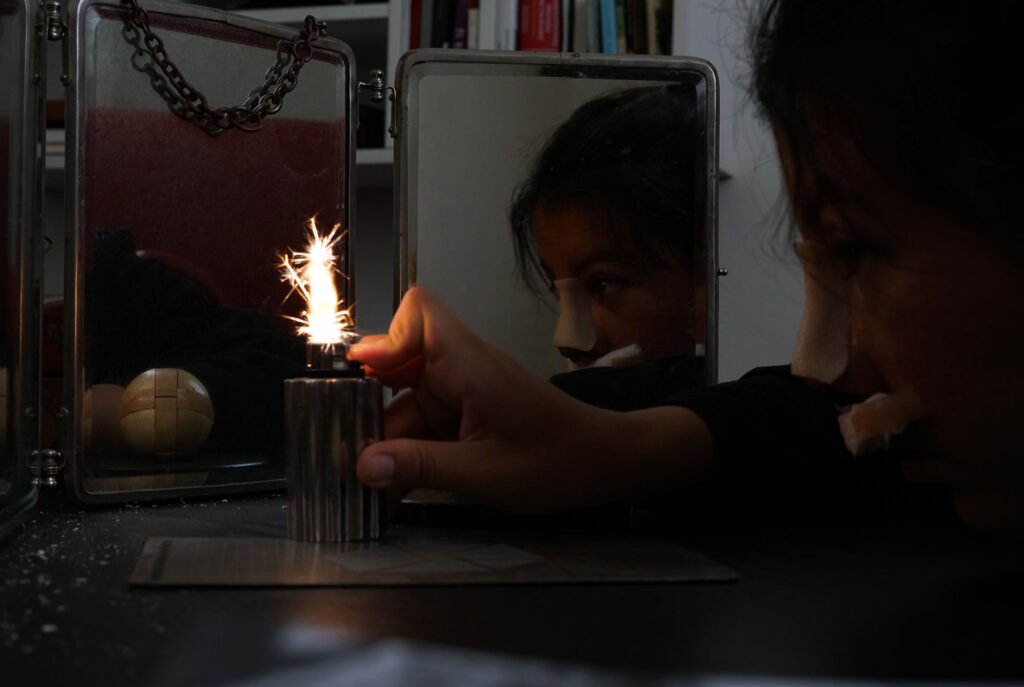
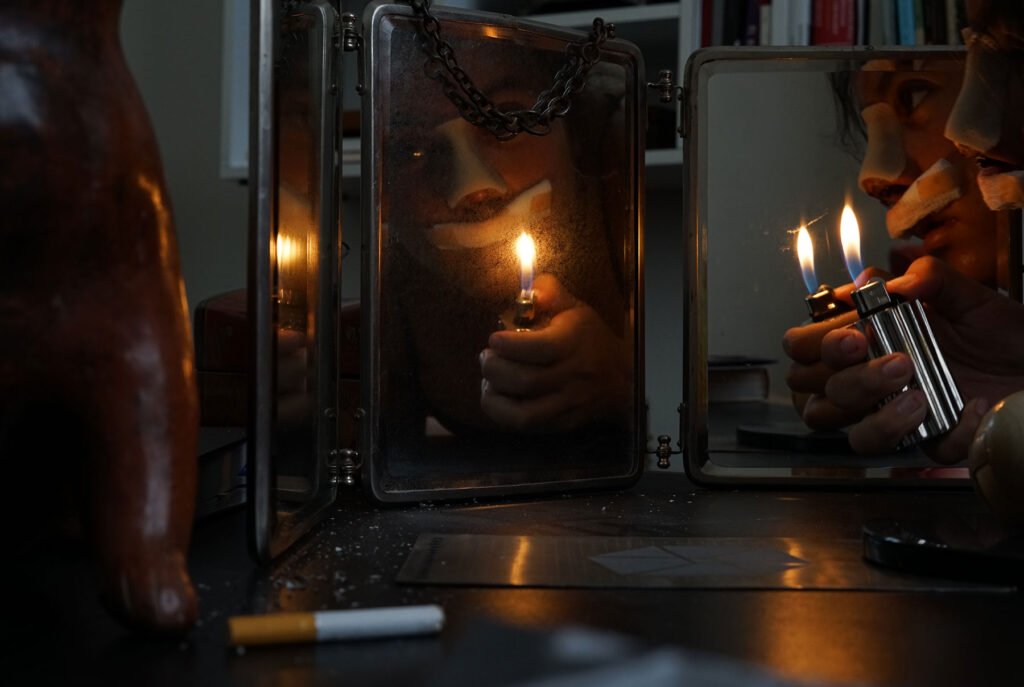

In this project in continuous process faithful to my career as an artist and as a woman heir to a line of witches that has passed from generation to generation, is exclusively feminine and goes from mother to daughter; and that refers to the mestizo origin of my family between Mexico, Asia, and Europe. To that practice of witchcraft that on a personal level had caused me so much shame during my childhood and adolescence, after trying to understand it for a long time, I now observe it with tenderness and as a kind of symbolic reaction and psychic-ritualistic defense against an extremely exterminating culture, which also promotes hatred and the destruction of women towards women, something that I have called in my projects as “female machismo”. “The witch stage” renews my need to explore my work from different production angles, for which I have referred, so far and in a non-frontal way, to media cases such as:
The mob of 11,535 women killed or declared missing until the end of 2020 in Mexican territory, the tumultuous rape of “La manada” in 2016 in Spain, the femicide of my neighbor’s sister by her boyfriend in Nantes, France, linked to the intimacy of my personal history and the Japanese aesthetic of the eroguru.
In this project in progress, I was born the desire to draw a visual monograph attached to sounds in the form of a photo and video, which relates the crisis of violence against women, not from the male dictatorial gaze, but almost from the psychic illness, from the curse, the self-extermination, the pandemic of widespread violence, of which I believe that all of us at one point in our lives have been prey. My artistic search represents what happened after the crime, as Truman Capote did in his time, with non Fiction, -in an almost persecutory case of ghosts (unfinished stories) -, but in my fantasy, there is also finding myself with other women witches, with other micro-stories that incidentally add to the hymn of this series.
I cannot explain in a simple way phenomenon that I consider to have lost the proportions of hatred and the use of women as objects of desire and waste, accepted, perpetuated, or denied by our own gender due to the macho culture in which the great part of us grew up, I would like to generate an approximation between the real and the fantastic of how women today continue to be ambushed, chastened and erased, like witches who use their charms to manipulate patriarchal institutions designed in a failed way and poisoned by a notion of control and power misunderstood.
Going through “The Witch Stage” means for me to abandon the natural place: raising children, pleasure and unconditional support for the professional and personal growth of the men around us, endure, endure, keep in balance and united to the family, not criticize religion, nor the acts of impunity, cowardice, and barbarism of the state, accept being trained, etc. I refer to myself and to all the wrong women, for whom necromancy represents the allegorical universe of a primarily feminine activity that has been obscured by a system that designates every woman with more power, vision, and ambition than society as an enemy of society. that corresponds to him.
In “The Witch Stage” I draw a space where the magicians are independent beings and little concerned about the archetypal standards of the world and hierarchical ethics. I consider the act of dropping as a series of metaphorical and bucolic rituals with the possibility of transmuting to a mental state and modifying the reality of those who practice it. Worshiping my multicultural family history, psychomagic, the Italian film tradition that represents social class clashes at the same time as the contempt and satirical elevation of its women, the eroguru and the American feminist movement of the 60s WITCH that I considered that the cultured, revolutionary and progressive society intended a renewal but not including women and that is why the machista schemes and violence against women are repeated to this day intergenerationally, this documentary fiction is an act of cathartic and critical exploration that embodies a kind of social psychoanalysis, explaining why some women of my generation and earlier consider ourselves witches in a space of reality that surpasses us due to its burden of violence, rescuing the magic-feminism connection with documented encounters with sorceresses, activists, femmes fatal, writers, etc. Conjuring in my work a neo-feminist performative act archived in images that seek the re-interpretation of the pictorial iconography of the witch and madness, presented in an exhibition installation format, texts, objects, performance, paintings, audios, photos, video, and photo book.
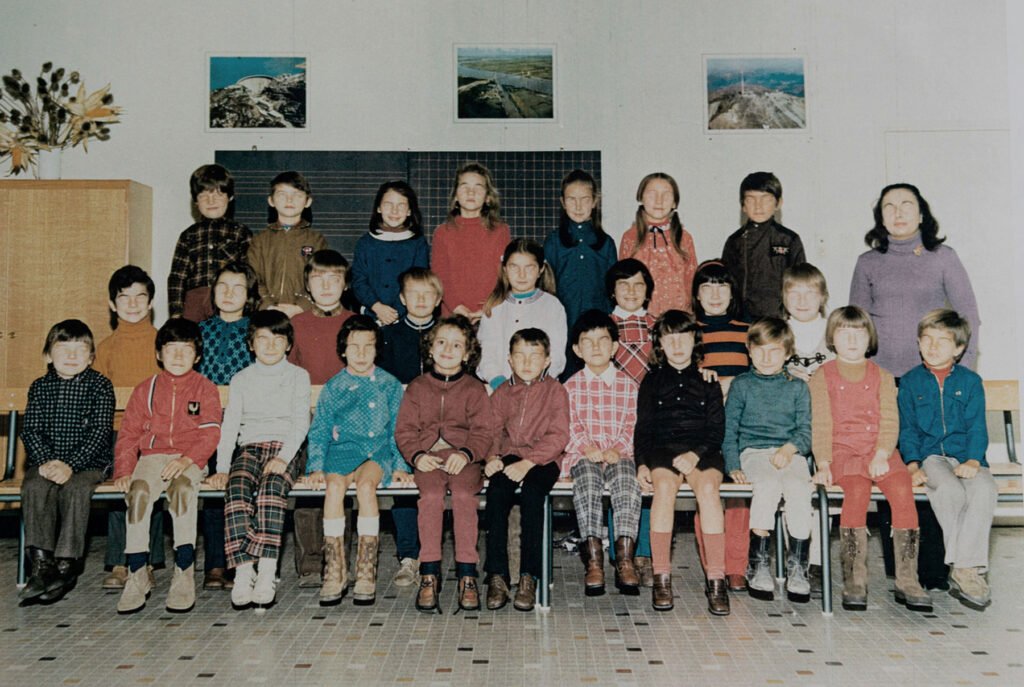
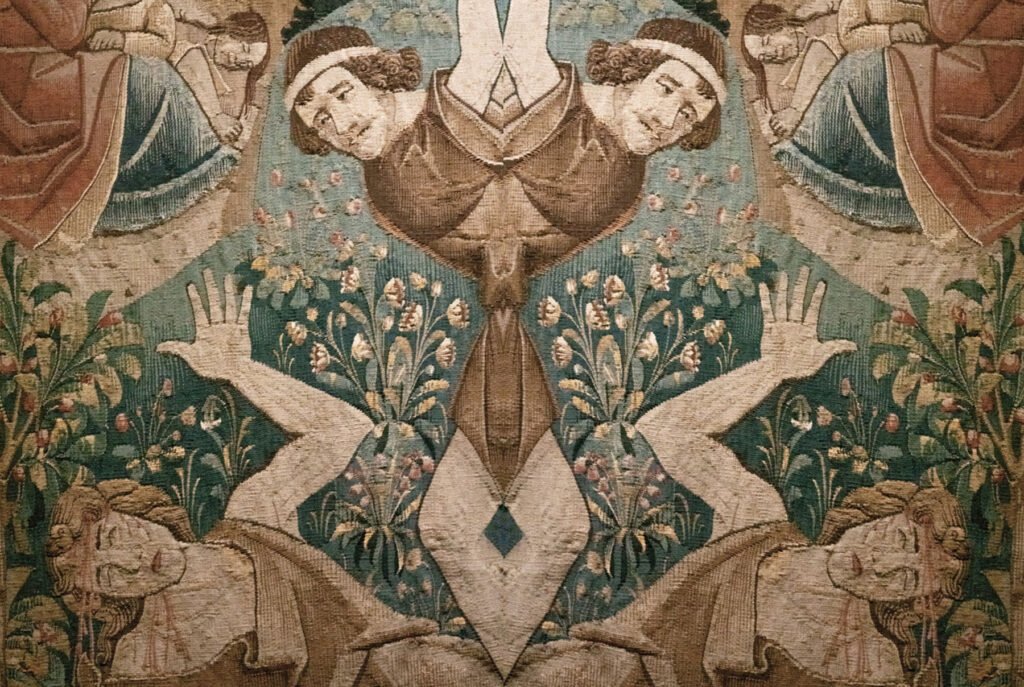
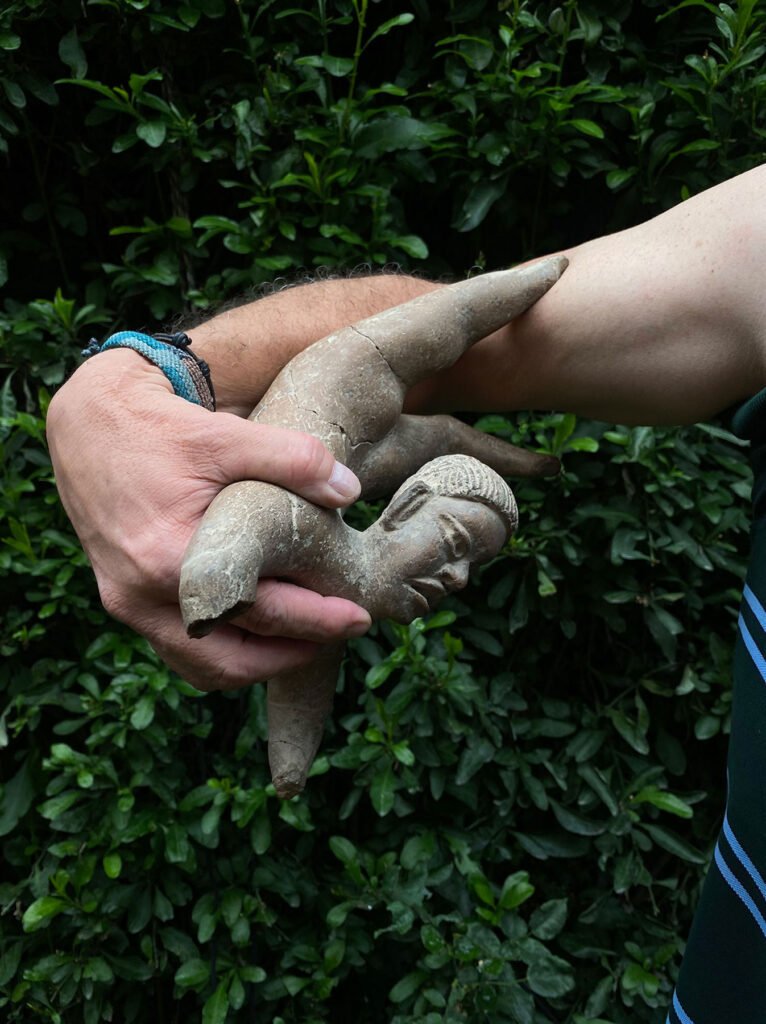
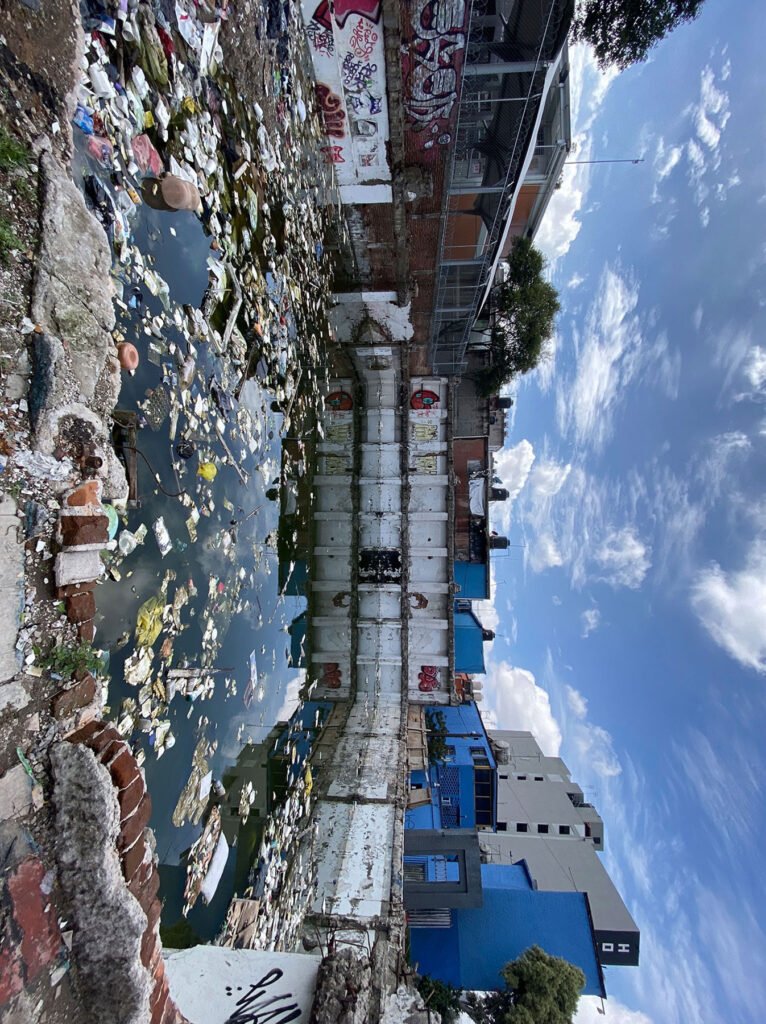
Liza Ambrossio (1993, MX-FR) is a multi-disciplinary artist who lives and works mainly between Spain, France, and Mexico. She began her artistic practice at the age of sixteen when she asked an ancient maid from her mother’s house to steal the photographs from the family albums looking for traces of a dark past for which there seemed to be no evidence. At the same time in her native Mexico City, Ambrossio portrayed her transition from adolescence to adulthood looking for ways to survive from a distance during a chaotic and stormy process of emancipation from her family. After the suicide of her roommate and best friend from adolescence, she inherited his job as a “nota roja” photographer (police press), covering murders, accidents, and torture by drug traffickers at dawn for a local newspaper. Ambrossio goes on a journey of psychic and physical discovery flooded with disturbances, magic, trauma, dreams, and visions. In these moments, she discovers that the hell inside contains the same hell that explodes outside.
After concluding her university studies in Politics at the Facultad de Ciencias Politicas y Sociales in the U.N.A.M., Mexico City, specializing in political journalism and film at U.T. (U.S.A.), she received multiple scholarships in the United States and Europe, among them; the Descubrimientos scholarship for the Master in Photography and artistic projects at the PIC. A school awarded by the PHotoEspaña festival and the editorial house La Fabrica in Madrid, Spain.
Her universe breathes a real attempt to understand the powers and weaknesses of the mind as a way to scrutinize the human experience, which goes through the past, present, and future time. Ambrossio is incorporating symbols alluding to witchcraft, eroguru, mythology, memories, and legends that she mixes with her written narrative, photo sculpture, photo books, objects, installations, sounds, paintings, drawings, performance, and videos that she unites by free association, schemes promoted by her own theories related to psychological manipulation and its influence on the continuation or rupture of the power professed by the different social structures. Their approaches have an intense but anarchic relationship with chance and instinct and imply the destabilization of female canons that threaten the possibility of exceeding ethnic, sexual, moral, religious, and political limits.
She is the author of “The rage of devotion_La ira de la devoción”edited by La Fabrica, considered by the British Journal of Photography and El País as one of the most exalted and risky photo books of the year 2018, her work has been exhibited in Europe, the United States, South Korea, Malaysia and Mexico. Including sites such as the Somerset House in the UK, the Palazzo Palmieri in Italy, the Göteborgs Konstmuseum in Sweden, the Museum of Contemporary Art (MACQ) in Mexico, the Museum of Contemporary Art of Zagreb (msu) in Croatia, the Museum National of Contemporary Art (ΕΜΣΤ), in Greece and Casa de America in Spain within the official selection of PHoto España 2021; also international fairs such as Art Basel, Arco, Photo London, UNSEEN, Zona Maco and JustMad. Ambrossio’s imaginary has been reviewed by Art Nexus, The British Journal of Photography, The Magnum Foundation, El País, Babelia, El Mundo, Der Greif, GUP, Unseen magazine, Vogue Italy, L’Officiel, El universal, Fire-cracker, and Lens Culture. She has received the FNAC Nuevo Talento award in Spain, Voies Off in Arles, France the same year 2018, the Flash Forward in Canada, the PhEST in Italy, and the PHmuseum New Generation Grant in the United Kingdom during 2019. In 2020 she was awarded by the annual photography residence from the Musée du Quai Branly – Jacques Chirac in París, France. Ambrossio is currently a member of the Académie française, also she was recently nominated for the prestigious Prix Pictet in Switzerland and this year she has presented her second photo book “Blood Orange_Naranja de Sangre” with the acclaimed German publishing house Kehrer Verlag. “The witch stage” was previously on show at OPR Gallery in Milan

